The Ultimate Guide To Companion Planting With Bush Beans
The Ultimate Guide to Companion Planting with Bush Beans
Bush beans are a popular vegetable to grow in the garden, and for good reason. They're easy to care for, they're productive, and they're delicious. But did you know that you can improve your bush bean harvest by companion planting?
Companion planting is the practice of planting certain vegetables together in order to benefit each other. Some plants help to attract beneficial insects, while others help to repel pests. Some plants help to improve the soil, while others help to suppress weeds.
So, what are the best companion plants for bush beans? Here are a few of the top picks:
- Marigolds: Marigolds are a great companion plant for bush beans because they help to repel pests, such as Mexican bean beetles. They also attract beneficial insects, such as ladybugs and lacewings.
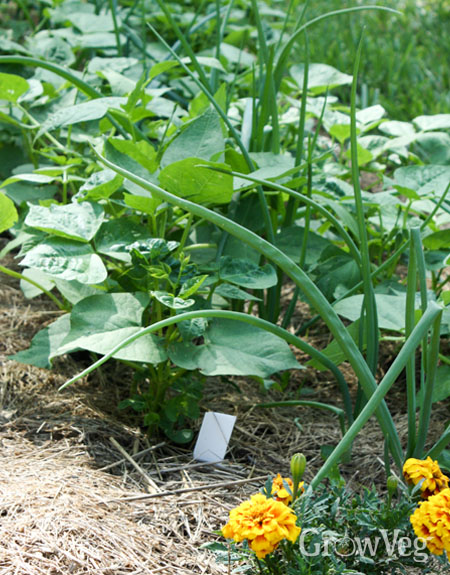
- Nasturtiums: Nasturtiums are another great companion plant for bush beans. They also help to repel pests, and they're edible, so you can enjoy them in your salads or sandwiches.

- Cucumbers: Cucumbers help to promote rapid bean pod development. They also provide shade for the beans, which can help to protect them from the sun.
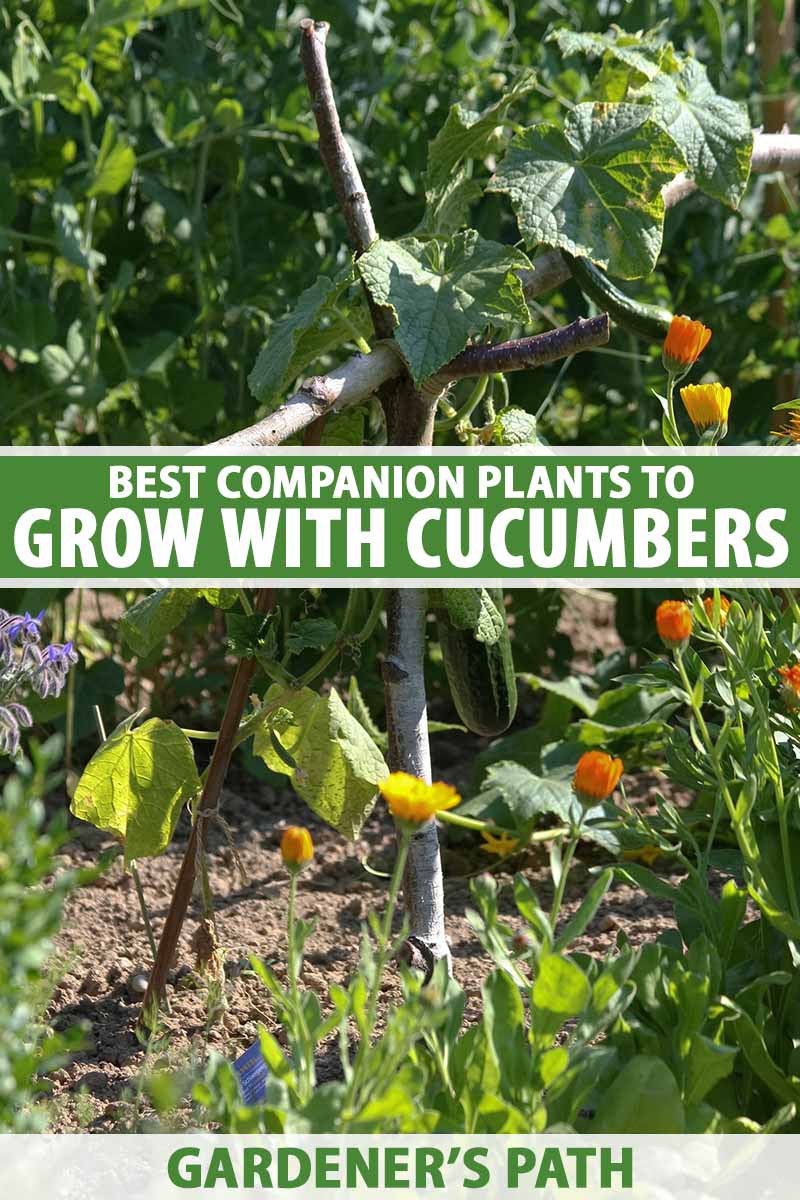
- Celery: Celery can help to protect bush beans from bean beetles. It also helps to improve the soil, which can benefit the beans.

- Potatoes: Potatoes help to suppress weeds, which can help to keep the bean plants healthy. They also help to improve the soil, which can benefit the beans.
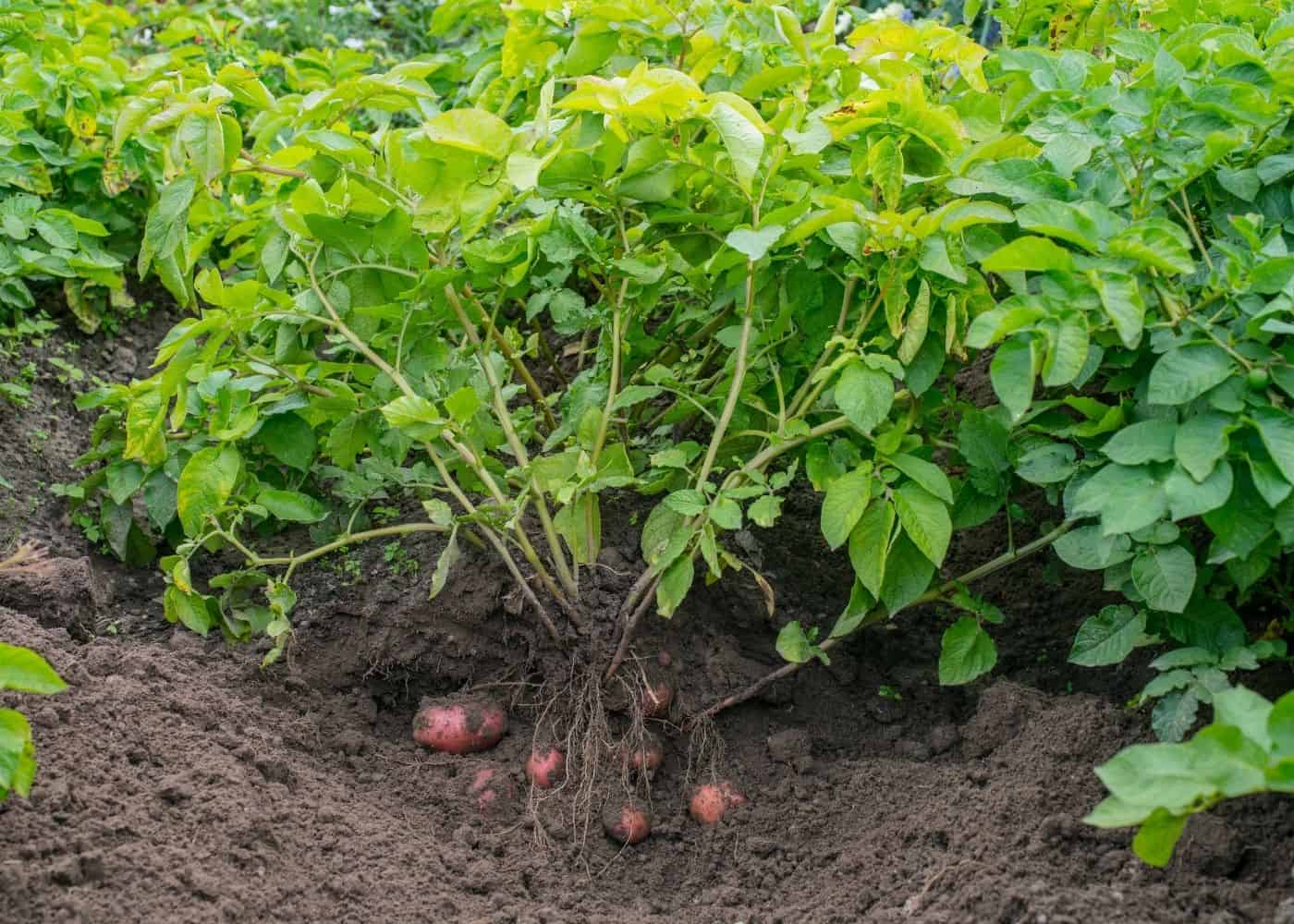
In addition to these plants, there are a number of other vegetables that can be companion planted with bush beans. Some other good options include:
When companion planting, it's important to consider the size of the plants. Some plants, such as corn, can grow quite tall, so you'll need to make sure that they have enough space to mature. Other plants, such as marigolds, are relatively small, so they can be planted closer together.
It's also important to consider the sunlight requirements of the plants. Some plants, such as cucumbers, need full sun, while others, such as carrots, can tolerate partial shade.
By following these tips, you can create a successful companion planting scheme for your bush beans. This will help to improve your harvest and make your garden more productive.
Companion planting with bush beans
Bush beans are a popular vegetable to grow in the garden, and they can be even more productive when they are planted with companion plants. Companion plants are those that benefit each other when they are grown together. For bush beans, some good companion plants include:
- Basil: Basil is a classic companion plant for beans, and it helps to deter pests such as aphids and tomato hornworms.
- Borage: Borage attracts pollinators such as bees and butterflies, which can help to improve the pollination of your bean plants.
- Cucumbers: Cucumbers and beans are both heavy feeders, so they benefit from being planted together. The cucumbers help to shade the beans, which can help to protect them from the sun.
- Marigolds: Marigolds help to deter pests such as Mexican bean beetles and whiteflies.
- Nasturtiums: Nasturtiums also help to deter pests, and they can also add a splash of color to your garden.
If you are looking for more information about companion planting with bush beans, I recommend visiting the Gardenia Inspiration. This website has a wealth of information on companion planting, including a list of specific plants that are good companions for bush beans.
FAQ of companion planting with bush beans
What are the best companion plants for bush beans?
Some of the best companion plants for bush beans include:
- Basil: Basil is a great companion plant for bush beans because it helps to repel pests such as aphids, beetles, and mosquitoes. It also enhances the flavor of beans.
- Carrots: Carrots help to improve the soil structure and drainage, which benefits bush beans. They also help to deter pests such as root maggots.

- Cucumbers: Cucumbers and bush beans can be planted together because they have similar growing requirements. They also help to attract beneficial insects, such as ladybugs, which prey on pests.

- Marigolds: Marigolds are a popular companion plant for bush beans because they help to repel pests such as Mexican bean beetles. They also improve the soil quality and drainage.

- Nasturtiums: Nasturtiums are another good companion plant for bush beans because they help to repel pests such as aphids and whiteflies. They also attract beneficial insects, such as ladybugs.

What plants should I avoid planting near bush beans?
There are a few plants that you should avoid planting near bush beans, including:
- Alliums: Alliums, such as garlic, onions, and chives, can stunt the growth of bush beans.
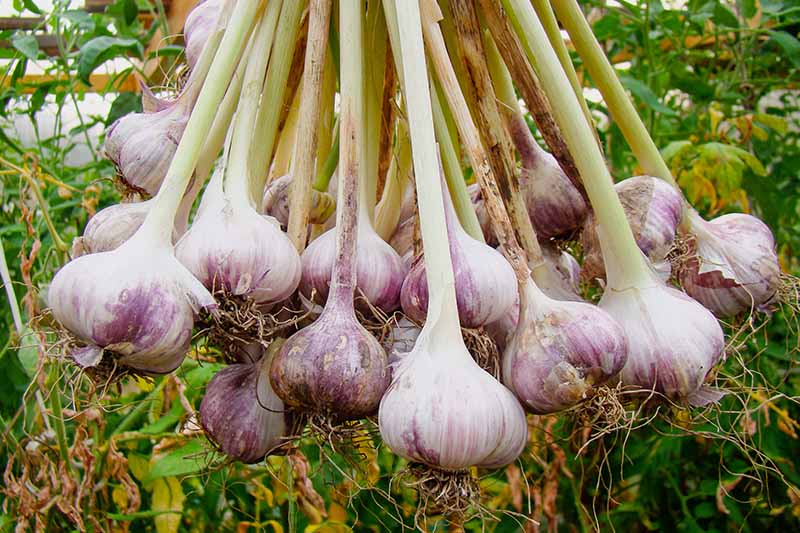

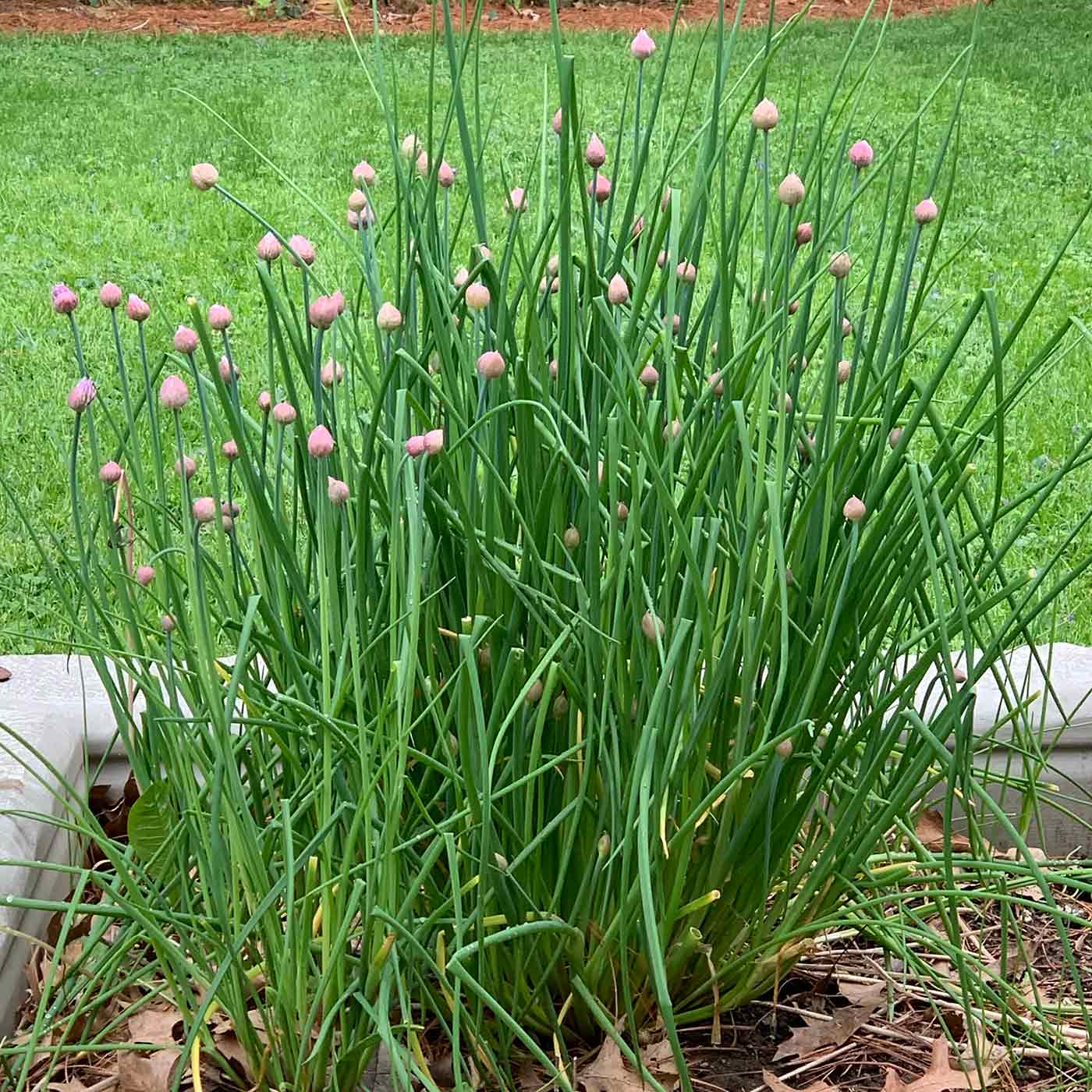
- Fennel: Fennel can inhibit the growth of bush beans.
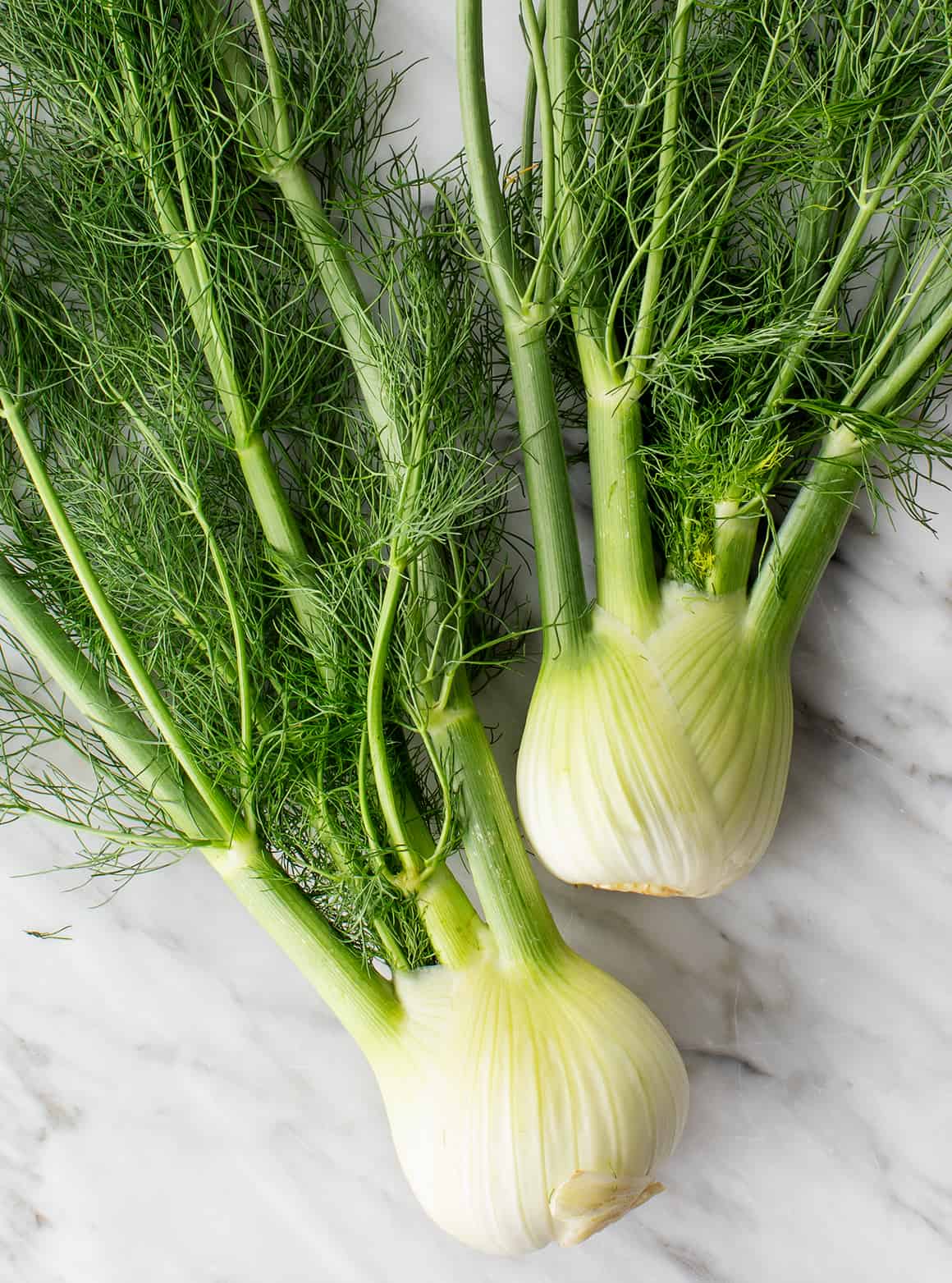
- Peppers: Peppers can compete with bush beans for nutrients and water.
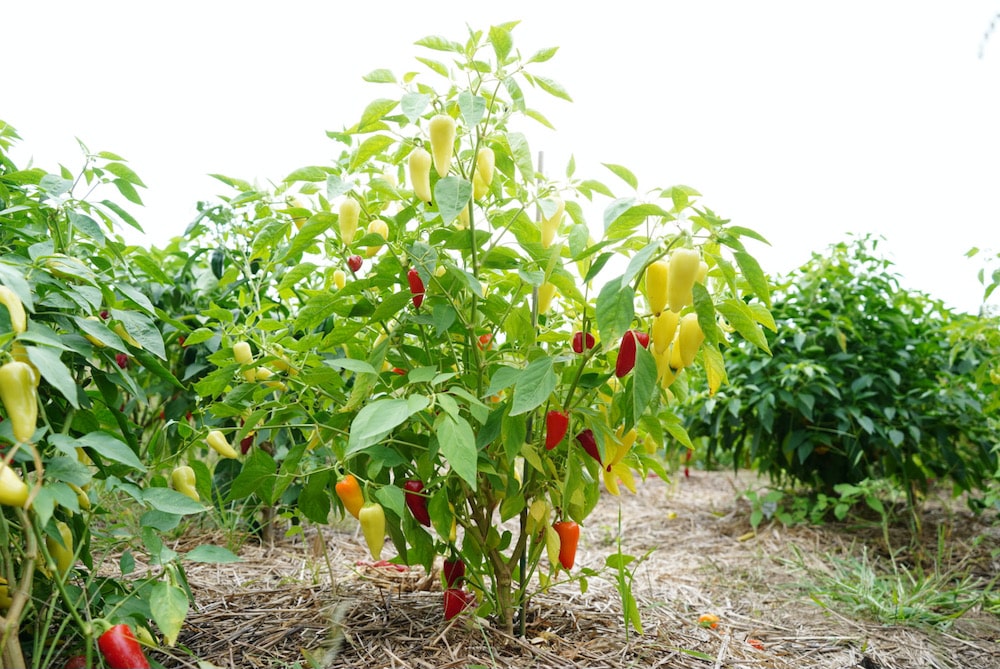
How do companion plants benefit bush beans?
Companion plants can benefit bush beans in a number of ways, including:
- Attracting beneficial insects: Some companion plants, such as marigolds and nasturtiums, attract beneficial insects that prey on pests. This can help to protect bush beans from insect damage.
- Improving soil quality: Some companion plants, such as carrots and cucumbers, help to improve the soil quality and drainage, which can benefit bush beans.
- Reducing competition: Some companion plants, such as marigolds and nasturtiums, have different growing requirements than bush beans, which can help to reduce competition for resources.
What is the best way to plant companion plants with bush beans?
The best way to plant companion plants with bush beans is to interplant them. This means planting them together in the same bed or row. Interplanting can help to maximize the benefits of companion planting and improve the overall health and productivity of your garden.
Image of companion planting with bush beans
- Image 1: This image shows bush beans planted next to carrots. Carrots help to deter pests from attacking the beans, and the beans help to shade the carrots from the sun, which can help to prevent them from bolting.
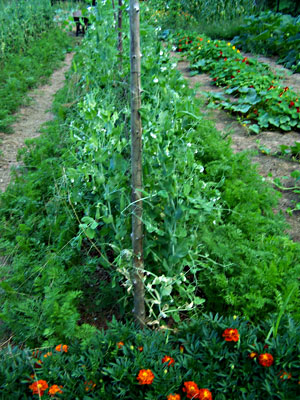
- Image 2: This image shows bush beans planted next to marigolds. Marigolds help to repel pests from the beans, and they also add a splash of color to the garden.

- Image 3: This image shows bush beans planted next to nasturtiums. Nasturtiums help to deter pests from the beans, and they also attract pollinators, which can help to improve the bean harvest.

- Image 4: This image shows bush beans planted next to tomatoes. Tomatoes help to deter pests from the beans, and they also benefit from the nitrogen that the beans fix in the soil.
- Image 5: This image shows bush beans planted next to spinach. Spinach helps to suppress weeds and improve the drainage in the soil, which can benefit the beans.


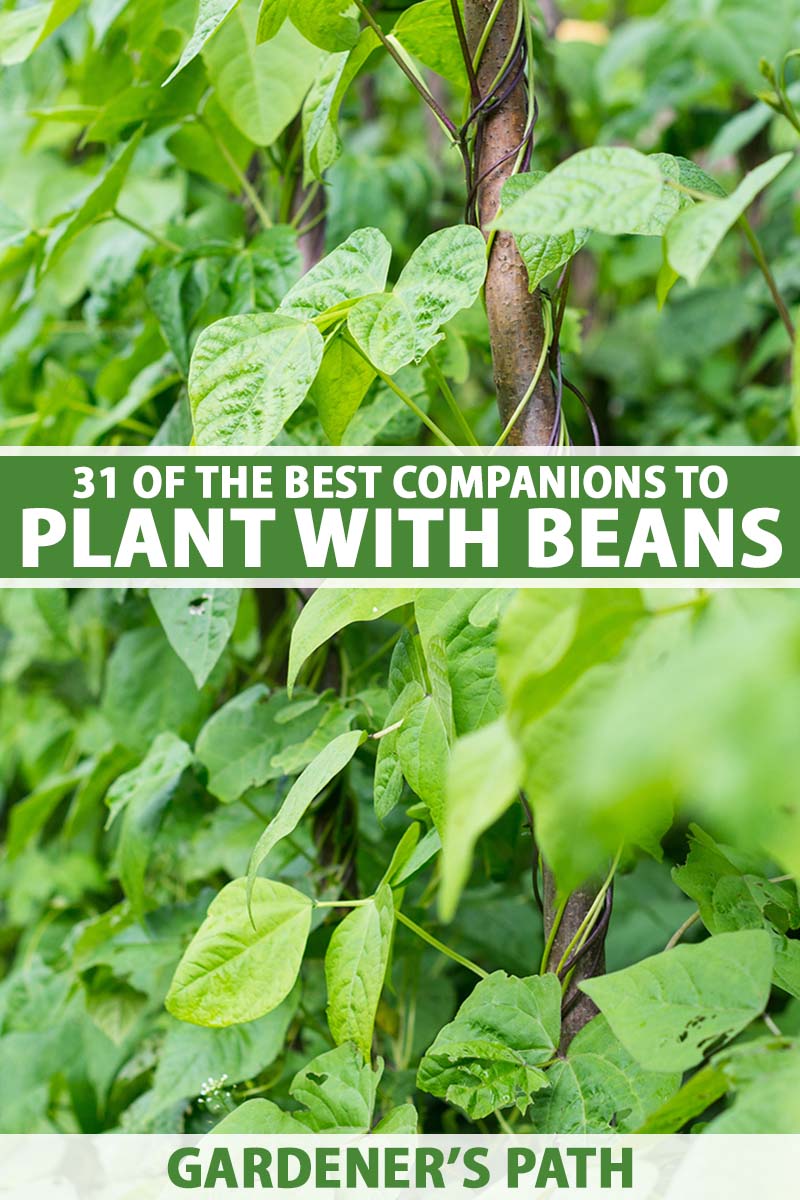
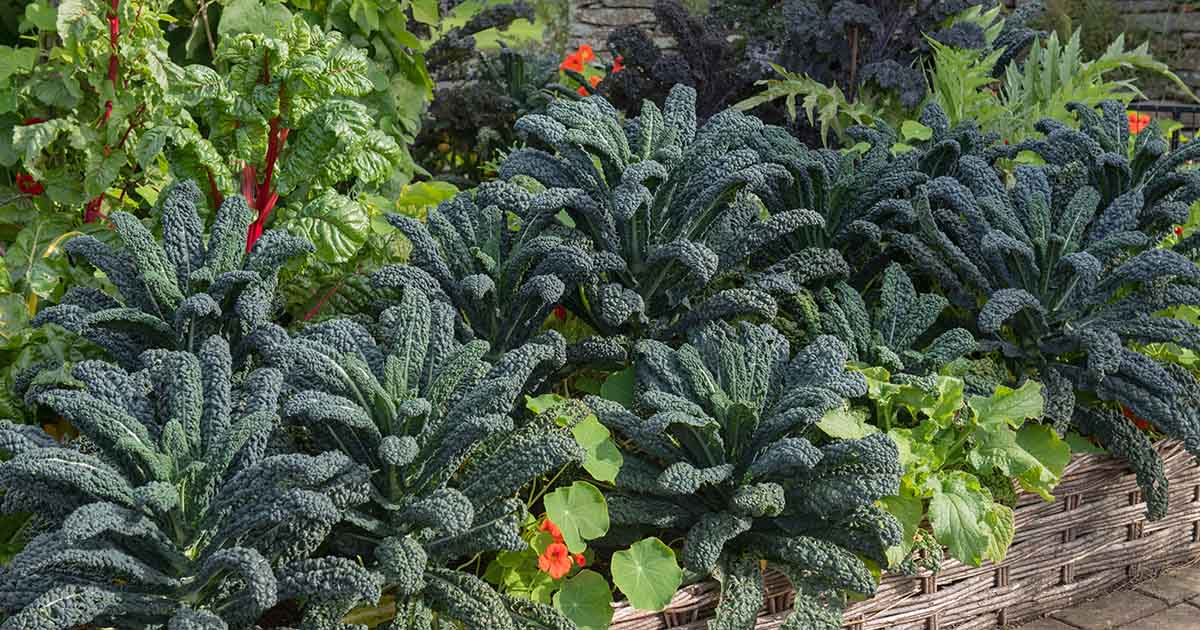
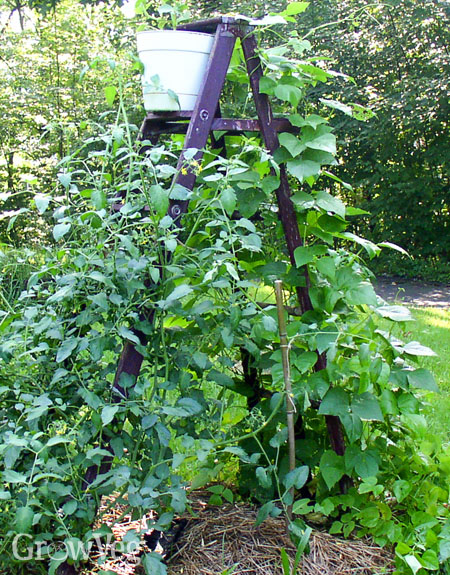
Post a Comment for "The Ultimate Guide To Companion Planting With Bush Beans"